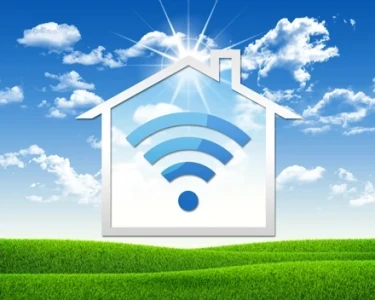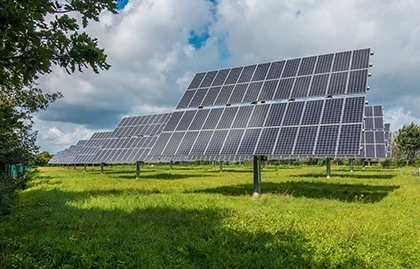Smart Grid: Shaping the Future of Energy

The shift from traditional electrical grids to smart grids marks a pivotal moment in the evolution of energy distribution and management. Smart grids leverage cutting-edge technologies like artificial intelligence (AI), the Internet of Things (IoT), and advanced automation to transform how electricity is monitored, distributed, and consumed. This shift aims to create a more sustainable, efficient, and resilient energy system capable of meeting modern energy demands and integrating renewable energy sources.
Unlike traditional grids, which operate on one-way power delivery, smart grids enable two-way communication between energy providers and consumers. This bidirectional interaction allows for real-time adjustments to energy flow, grid stability, and the integration of distributed energy resources (DERs). As the world moves toward cleaner energy and more complex power needs, smart grids are poised to play a critical role in shaping the future of energy systems.
The Evolution of Electrical Grids From Basic Grids to Intelligent Networks
The history of electrical grids dates back to the 1880s with the launch of the Pearl Street Station in New York City, which marked the advent of centralized electricity production. Early grids were relatively simple, focusing on direct current (DC) power generation before alternating current (AC) emerged as the dominant standard. This AC system enabled the transmission of electricity over long distances, fueling rapid grid expansion.
Over time, grids transformed from a patchwork of local providers into large, interconnected systems. The U.S. Public Utility Holding Company Act of 1935 introduced regulated monopolies to ensure reliable service. While effective, this regulatory approach resulted in rigid, centralized control of power distribution.
The advent of modern smart grids represents a fundamental departure from this model. Instead of relying solely on large power plants, smart grids support decentralized energy production, allowing homeowners with solar panels to contribute electricity to the grid. This transition promotes resilience, sustainability, and adaptability in the face of growing energy demands.
The Role of Policy and Technological Innovation
Policies and incentives have been crucial in driving the development of smart grids. Government initiatives, like the U.S. Infrastructure Investment and Jobs Act and the Inflation Reduction Act of 2022, have provided substantial funding to support clean energy adoption and modernize energy infrastructure. These policies emphasize decarbonization, grid resilience, and renewable energy integration, which are fundamental to smart grid development.
On the technological front, advances in sensors, smart meters, and communication networks have enabled the creation of dynamic, real-time energy management systems. Technologies like high-voltage direct current (HVDC) transmission lines and energy storage solutions, including large-scale battery systems, have further enhanced the flexibility and stability of modern grids. Together, these innovations support the seamless integration of renewables and distributed energy resources into the energy mix.
Read full article in the Smart Grid & Linemen Safety Special Edition magazine









